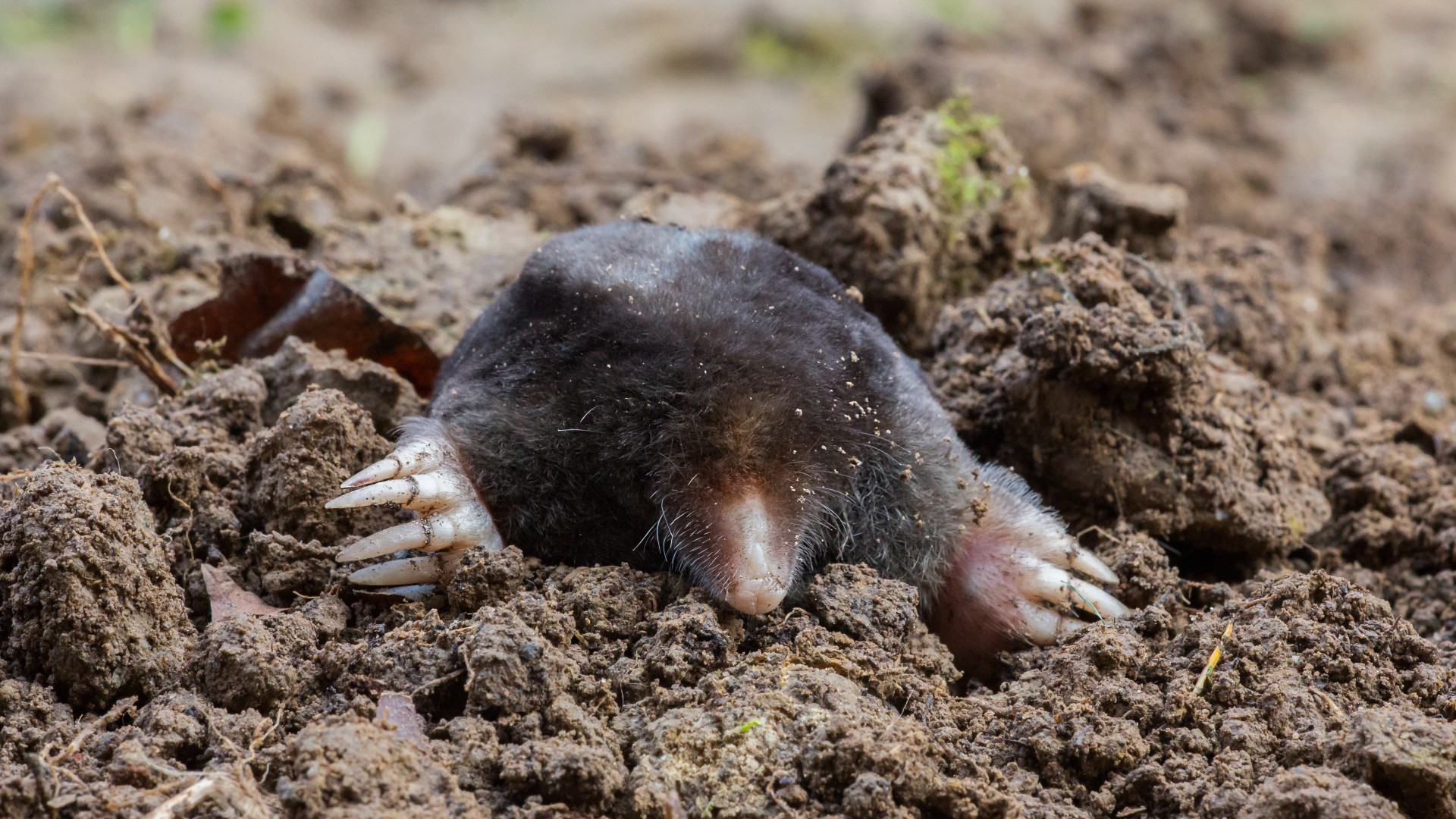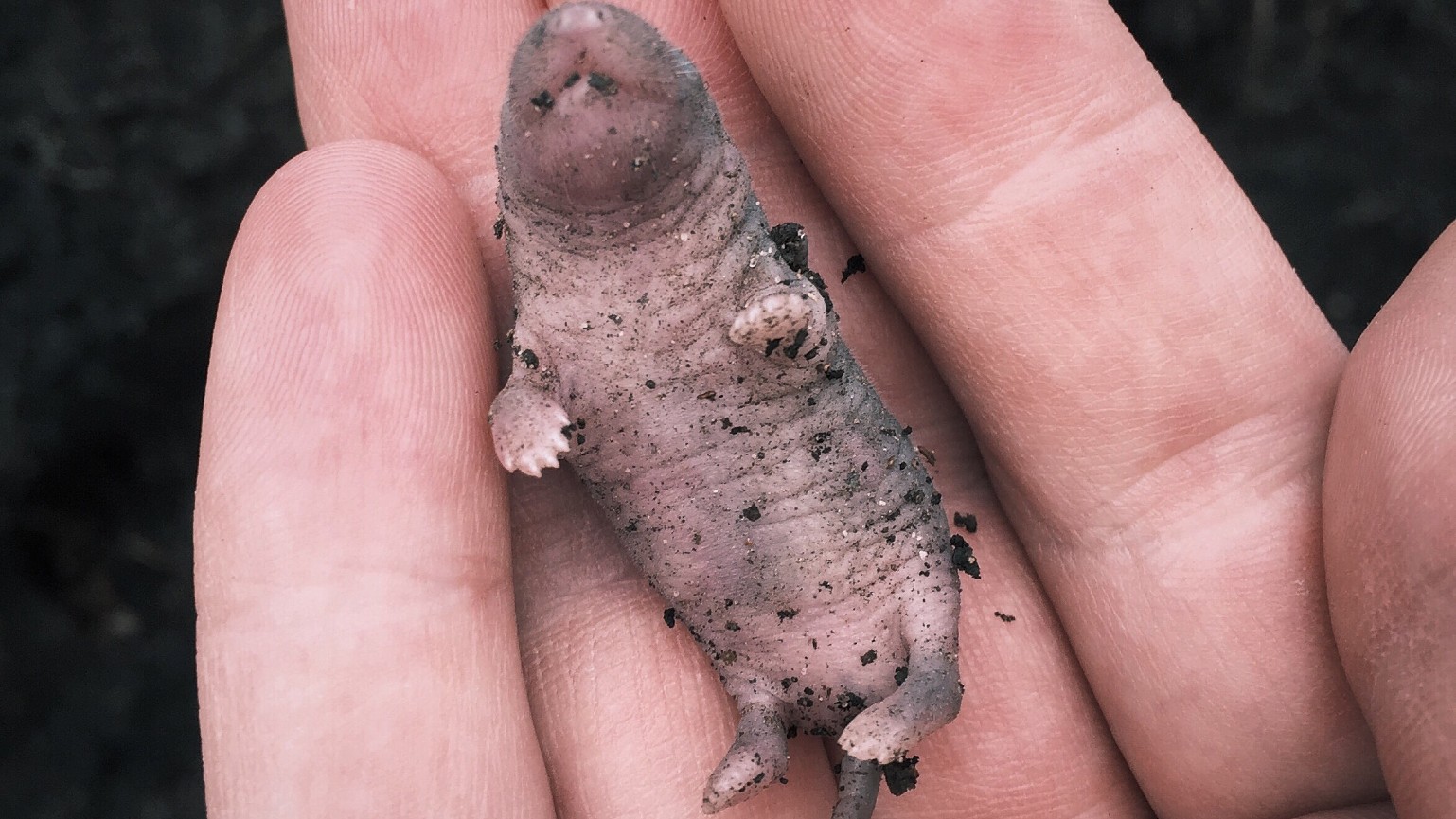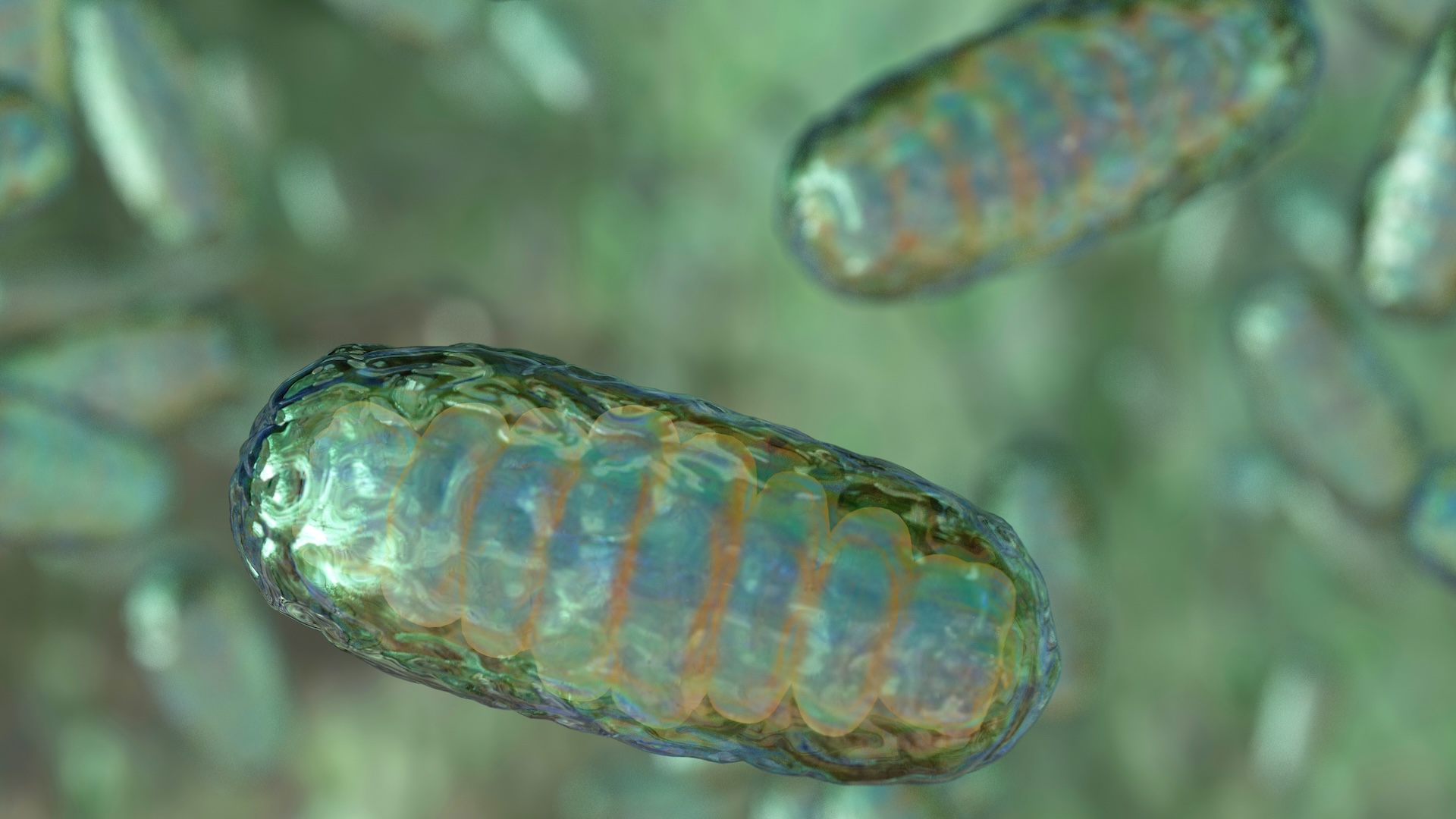Moles: Habitat, habits and conservation
They may be thought of as common garden pests, but moles are fascinating creatures that are found all over the world.

Moles are small mammals that are found all over the world. They are often thought of as garden pests, mainly because of their intricate tunnel systems. And though they spend most of the time underground, they are not blind.
Size
These rotund animals have a hairless, pointed snout, small eyes and no visible ears. On average, moles grow to 4.4 to 6.25 inches (11.3 to 15.9 centimeters) long from snout to rump. Their tails add 1 to 1.6 inches (2.5 to 4 cm) of length. They typically weigh 2.5 to 4.5 ounces (72 to 128 grams), according to the Mammal Society.
The American species is a little on the larger side. The North American mole species tends to get as big as 7 inches (17.6 cm) long, 1.25 inches (3.3 cm) tall and weighs around 4 ounces (115 grams), according to Havahart.com, a site focussing on pest control.
Habitat

Moles are found on every continent except Antarctica and South America. They live in grasslands, urban areas, gardens, grass-lands, sand dunes, mixed woodland or any area that has soil where they can dig tunnels. They do tend to stay away from areas with acidic soil, high moors and mountainous areas, though, according to The Young People’s Trust for the Environment (YPTE).
Moles use tunnels to travel, but tunnels are more than just underground highways, according to Pets on Mom, an animal facts site. Moles dig special chambers at the ends of tunnels that serve as bedrooms and birthing areas. Sometimes moles will live in a series of tunnels for generations before moving.
Moles also have kitchens in tunnel chambers. They eat mostly earthworms, and keep them alive and immobile by biting their heads, and then store them in the chamber. As many as 470 worms have been recorded in one chamber, according to the Mammal Society.
Habits
Moles spend most of their lives alone and underground in their tunnels. Moles are such loners, in fact, that three to five moles per acre (7 to 12 hectares) is considered a lot, according to Internet Center for Wildlife Damage Management.
Moles spend their time digging tunnels and hunting for food. A permanent tunnel is usually about 2 inches (5 cm) in diameter and 8 to 23 inches (20 to 60 cm) below the surface, while temporary tunnels are usually right under the surface of the ground according to A V Arlton in his article; "An Ecological Study of the Mole".
Diet
It is a misconception that moles burrow into gardens to eat the roots of plants. They are actually after the earthworms that are found in garden soil. Moles love earthworms so much that they eat nearly their body weight worth of earthworms per day, according to Pest Strategies.
For example, a mole weighing 2.8 ounces (80 g) eats around 1.7 ounces (50 g) of earthworms per day, the Mammal Society states. Moles also consume insect larvae.
Breeding and offspring

During breeding season, males will enlarge their tunnel to more territories to find females to mate with. Once the breeding is done, a spherical nest chamber lined with dry plant material is created, according to Animal Corner.
A female mole gives birth to three to four hairless babies at a time. By 14 days old, the mole babies, called pups, will start to grow hair. At four to five weeks, the pups are weaned, and at 33 days they leave the nest. By five to six weeks, pups leave their mother and their home tunnel completely. Moles typically live three years, YPTE states.
Classification and taxonomy
Contrary to popular belief, moles are not rodents. Here is the taxonomy of the mole, according to the Integrated Taxonomic Information System (ITIS).
Kingdom: Animalia Subkingdom: Bilateria Infrakingdom: Deuterostomia Phylum: Chordata Subphylum: Vertebrata Infraphylum: Gnathostomata Superclass: Tetrapoda Class: Mammalia Subclass: Theria Infraclass: Eutheria Order: Soricomorpha Family: Talpidae.
In the UK moles are a native species and extremely common, found in many people's gardens despite being rarely seen. According to the People's Trust for Endangered Species they are not listed by the IUCN as an endangered species.
Other facts
Moles come in a range of colors. They can have black, cream, grey, orange, white and piebald colors YPTE explain.
The naked mole rat and other mole rats aren’t moles at all. They are part of the Rodent family.
Moles aren’t blind, according to Accurate Pest Control, but they are colorblind and see very poorly. They can only see light and movement. They use little movement and scent sensors on the tip of their nose to find prey and other moles.
Additional resources
Read more about European moles on Nottinghamshire Wildlife Trust.The University of California's Statewide Integrated Pest Management Programme site contains a comprehensive page with information pertaining to the North American mole.
Bibliography
- Mammal Society
- Havahart.com
- The Young People’s Trust for the Environment (YPTE)
- Pets on Mom
- Internet Center for Wildlife Damage Management
- A V Arlton; "An Ecological Study of the Mole" Journal of Mammalogy (1936)
- Integrated Taxonomic Information System (ITIS)
- Animal Corner
- Accurate Pest Control
- Pest Strategies
Get the world’s most fascinating discoveries delivered straight to your inbox.

